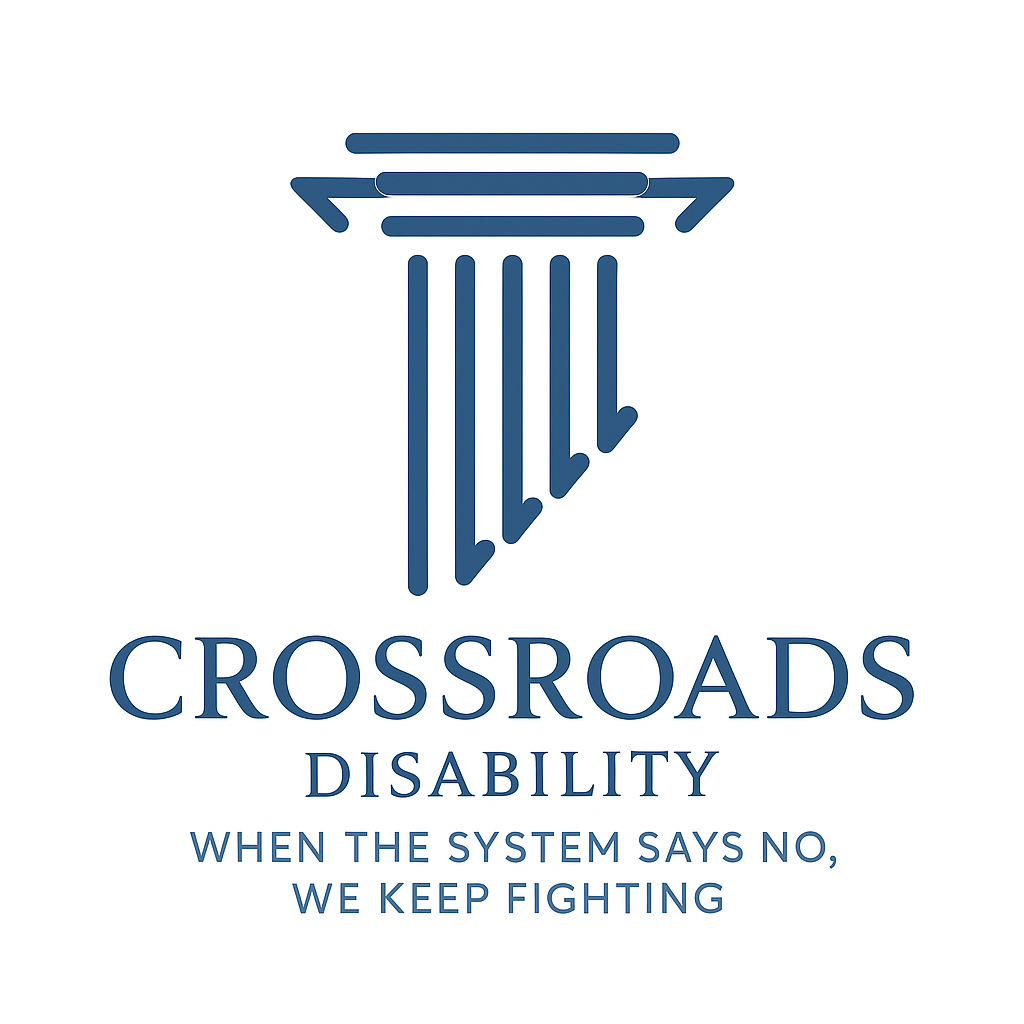What Is Residual Functional Capacity (RFC)? A Simple Guide for Disability Claimants
Residual functional capacity (RFC)

When you apply for Social Security Disability benefits, one of the most important factors in your case is something called your Residual Functional Capacity, or RFC.
Understanding your RFC can help you know
how the SSA views your limitations, what evidence you need, and how strong your claim may be.
In this guide, we break down what RFC means, how it’s determined, and why it matters.
What Is Residual Functional Capacity (RFC)?
Residual Functional Capacity is a formal assessment the Social Security Administration (SSA) uses to decide what you are still able to do despite your medical conditions.
In simpler terms:
RFC measures your remaining abilities—not just what you can’t do, but what you can still do—on a full-time, 40-hour-per-week basis.
Your RFC answers questions like:
- Can you sit or stand for long periods?
- How much weight can you lift or carry?
- Can you stay focused and on task?
- Can you interact with others?
- Can you handle a normal work schedule?
This helps the SSA decide whether you can return to past work or adjust to new work.
Who Determines Your RFC?
Your RFC can come from several sources:
1. Social Security Medical Consultants
These are doctors hired by the SSA.
They review your:
- medical records
- imaging
- lab results
- functional assessments
- consultative exam reports
They complete an RFC form that becomes part of your file.
2. Your Treating Doctors
Your own medical providers can (and should) complete RFC forms.
Their opinion is often
weighted more heavily, especially when supported by long-term treatment records.
3. Consultative Examiners (CEs)
If SSA needs more information, they may send you to a one-time evaluation.
The doctor’s report can influence your RFC.
Types of RFC: Physical vs. Mental
There are two major categories the SSA looks at.
Physical RFC (For Physical Impairments)
A physical RFC addresses your ability to:
- Lift, carry, pull, or push
- Stand and walk
- Sit for extended periods
- Use your hands, arms, or feet
- Bend, kneel, stoop, crouch
- Handle environmental restrictions (heat, cold, fumes, hazards)
The SSA then categorizes you into exertional levels, such as:
- Sedentary
- Light
- Medium
- Heavy
- Very Heavy
Each level reflects how demanding the work would be.
For example:
- Sedentary jobs require mostly sitting and lifting no more than 10 lbs.
- Light jobs require standing/walking for 6+ hours per day and lifting up to 20 lbs.
Your RFC level often decides whether jobs exist that you could still do.
Mental RFC (For Psychological or Cognitive Conditions)
A mental RFC looks at limitations involving:
- Concentration and focus
- Memory
- Handling work stress
- Interacting with supervisors or coworkers
- Following instructions
- Staying on task
- Adapting to changes in routine
Conditions like anxiety, depression, PTSD, bipolar disorder, ADHD, intellectual disabilities, or cognitive decline can significantly affect your RFC.
The SSA rates these limitations as:
- None
- Mild
- Moderate
- Marked
- Extreme
The more severe your limitations, the harder it becomes to perform any competitive full-time work.
Why Is Your RFC So Important?
Your RFC is crucial for three main reasons:
1. It determines whether you can return to past work.
If your RFC shows that your impairments prevent you from performing your old job, SSA moves to the next step.
2. It determines whether any jobs exist that you could still do.
SSA uses your RFC, age, education, and work history to see if there are other jobs available in the national economy.
3. It forms the foundation of the judge’s decision at your hearing.
At the hearing level, the vocational expert (VE) uses your RFC to testify how many jobs you could perform—or whether there are no jobs you can do at all.
A strong RFC can make or break your case.
How You Can Strengthen Your RFC
Here are steps you can take to improve how your RFC reflects your true limitations:
✓ See your doctors regularly
Consistent treatment builds a strong medical record.
✓ Be honest and specific about your limitations
Tell your providers exactly what you can and cannot do.
✓ Ask your doctor to complete an RFC form
A detailed opinion from your treating provider is extremely valuable.
✓ Follow prescribed treatment plans
Failure to follow treatment can hurt your credibility.
✓ Document flare-ups, symptoms, and daily struggles
Keep notes or journals if necessary.
Do You Need a Lawyer for an RFC Issue?
RFC is
one of the most technical parts of a Social Security Disability case.
A disability attorney helps by:
- Making sure your RFC reflects your actual limitations
- Getting medical source statements from doctors
- Challenging weak or inaccurate RFCs from SSA evaluators
- Cross-examining the Vocational Expert at your hearing
- Arguing how your RFC eliminates all available jobs
These details can dramatically affect the outcome of your case.
Need Help Understanding Your RFC?
At Crossroads Disability, a division of Crossroads Law Group, LLC, we help clients across the country strengthen their disability claims and fight for the benefits they deserve.
If you want us to review your medical limitations or help you build a strong case:
📞 Call us today
or
📝 Request a free case review on our website.
You don’t have to face Social Security alone — we’ll stand by you at every crossroads.










